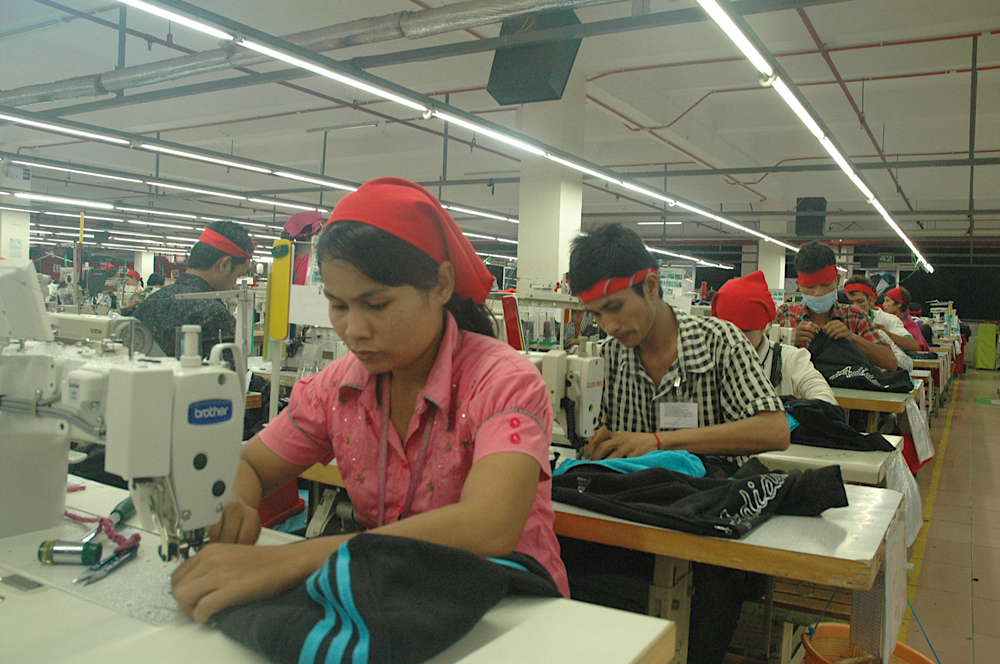Phnom Penh: Global crisis hits textile exports, down 13% in 2023
The volume of business fell from USD 12.8 billion in 2022 to USD 11.09 billion. However, the overall export figure is growing, up 1.8%, driven by machinery, electrical components and rubber. In addition to the wars, the loss of competitiveness in relation to other countries such as Bangladesh is weighing on the country.
Phnom Penh (AsiaNews) - Exports in the clothing, footwear and travel goods (Gft, textile) sectors, which until now have been the driving forces behind the Cambodian economy at least in terms of global trade, have fallen by 13.31% in 2023.
The volume of earnings went from 12.8 billion dollars in 2022 (in which there was a 15% growth compared to 2021) to 11.09 billion in the year that has just ended, determining among the others the suspension or loss of work for many workers in the sector and factory workers.
The decline in exports of GFT goods in 2023 has pushed experts and industry operators to call for a reduction in excessive dependence on textiles and to diversify exports by also encouraging other sectors or activities.
Also because, broadening our gaze to the entire export sector of Cambodia, there is a positive balance with an increase of 1.8% and an overall export figure that goes from 22.25 billion in 2022 to 22.64 billion dollars last year.
A minimal increase, but which still allows us to record a positive balance. Specifically, within the GFT sector, knitted clothing items brought in .47 billion, a 14% decline from 2022's .36 billion. Non-knitted clothing items earned 2, billion compared to .66 billion in 2022, a decrease of 10.4%.
Travel items totaled .70 billion, compared to .86 billion in the same period last year, an 8.2% decline from 2022. Footwear exports earned .36 billion dollars, also recording a decline of 21.4% compared to the same period of the previous year, when they earned 1.73 billion dollars.
Compared to the poor exports of GFT goods, in 2022 the exports of machinery and electrical components stood out, increasing by 56.6%, those of rubber and rubber articles by 69.9%, vegetables, edible roots and tubers by 52.6% and cereals by 45.1% compared to 2022.
Industry experts attributed last year's decline in exports to reduced orders from the US and European markets. Among the causes of the decline we include: the prolonged war between Russia and Ukraine; the recent outbreak of conflict between Israel and Hamas and the resulting inflationary pressures; the failure of the United States to renew the Generalized System of Preferences (GSP); the reduction of “Everything But Arms” (Eba) benefits by the European Union (EU), all of which have hit Cambodian exports hard.
Interviewed by Khmer Times Massimiliano Tropeano, sustainability and clothing expert from the European Chamber of Commerce in Cambodia (EuroCham), underlined the need for the kingdom to diversify exports.
We must not forget that the clothing sector still weighs more than all other sectors combined, but it is losing competitiveness. For example, Bangladesh increased its apparel export volume by 10% in 2023, reaching an all-time high of billion, four times higher than that of Cambodia.
07/02/2019 17:28







.png)










